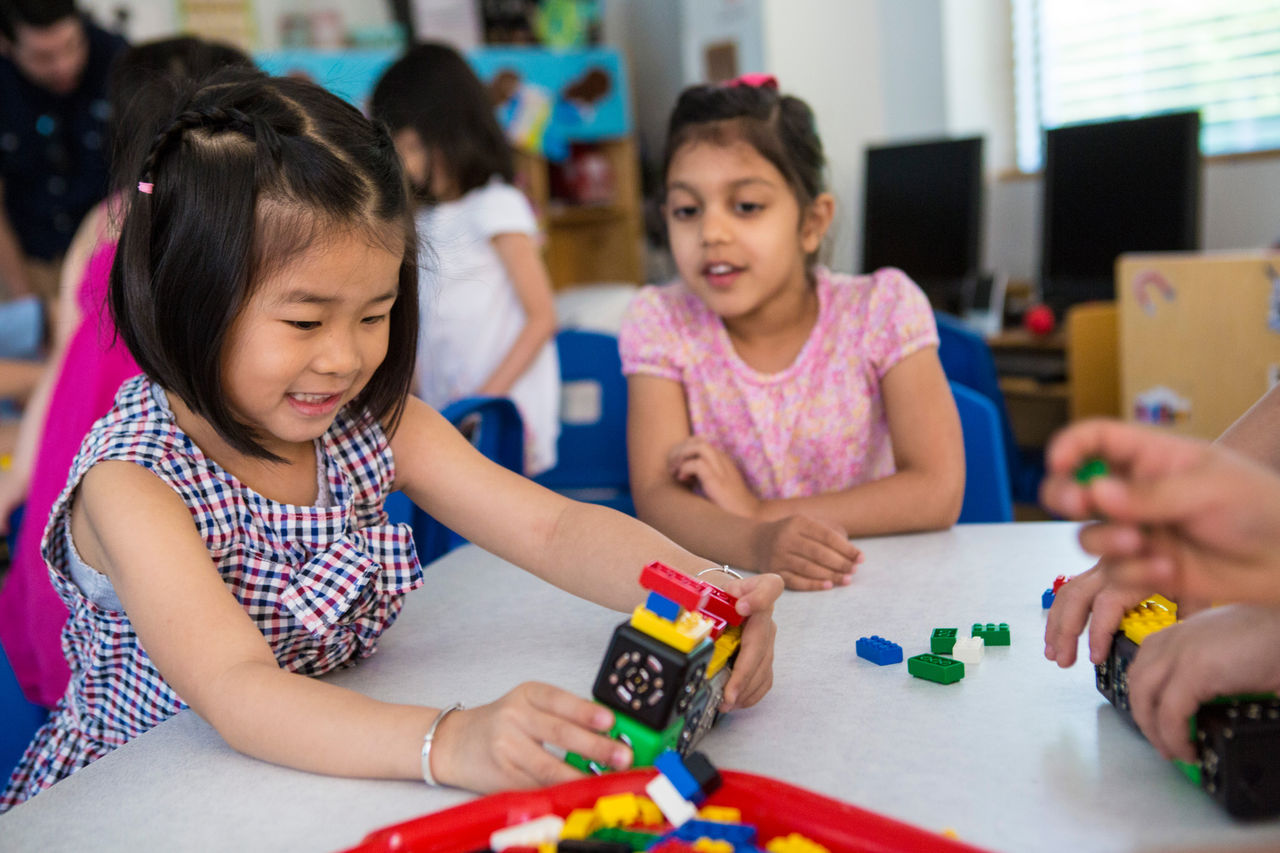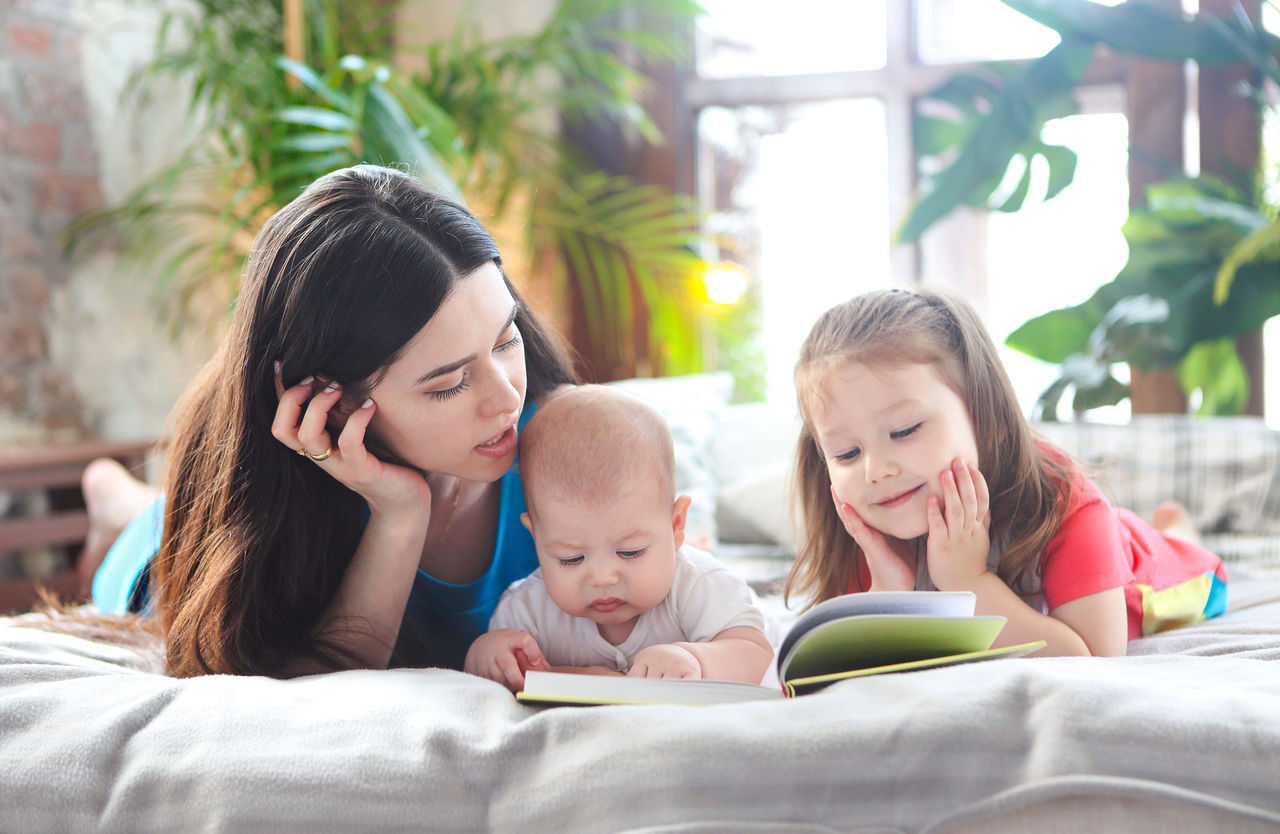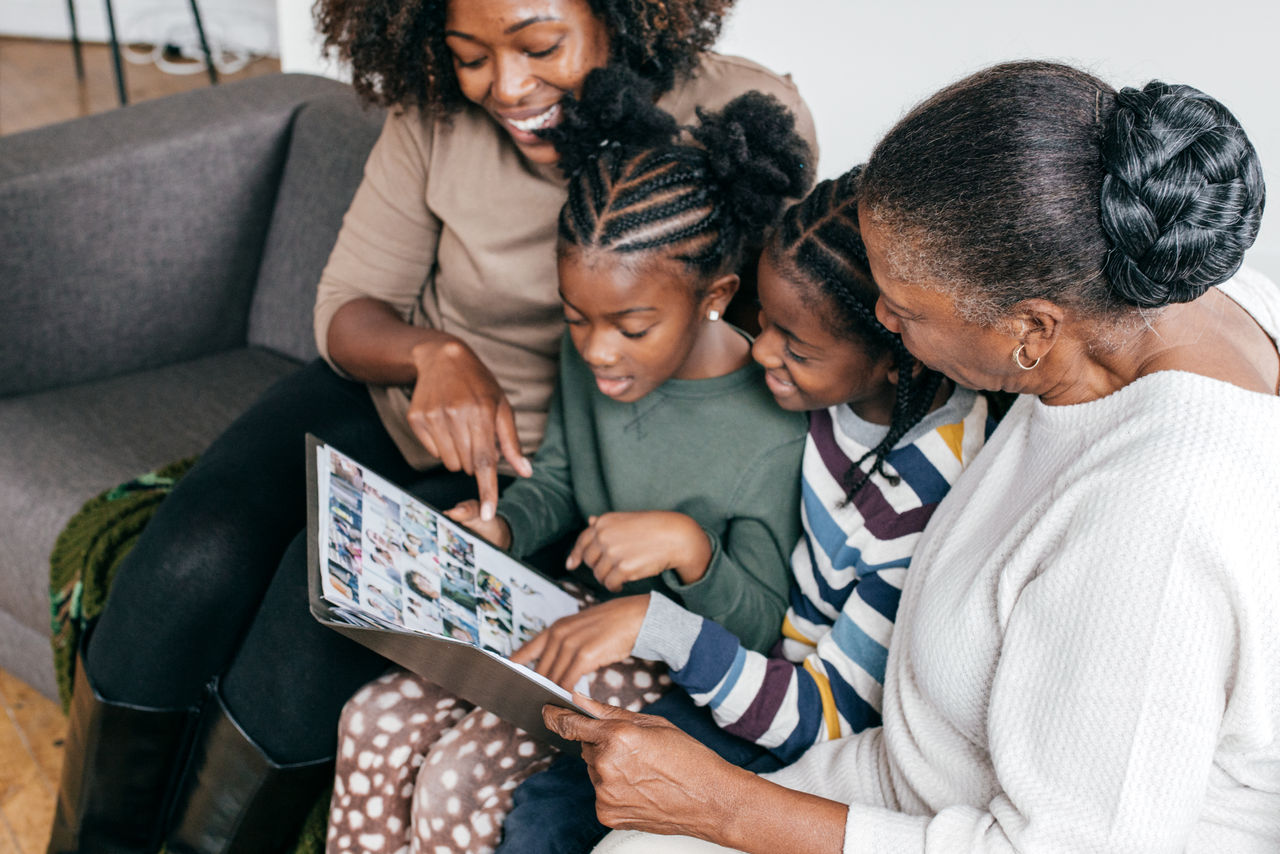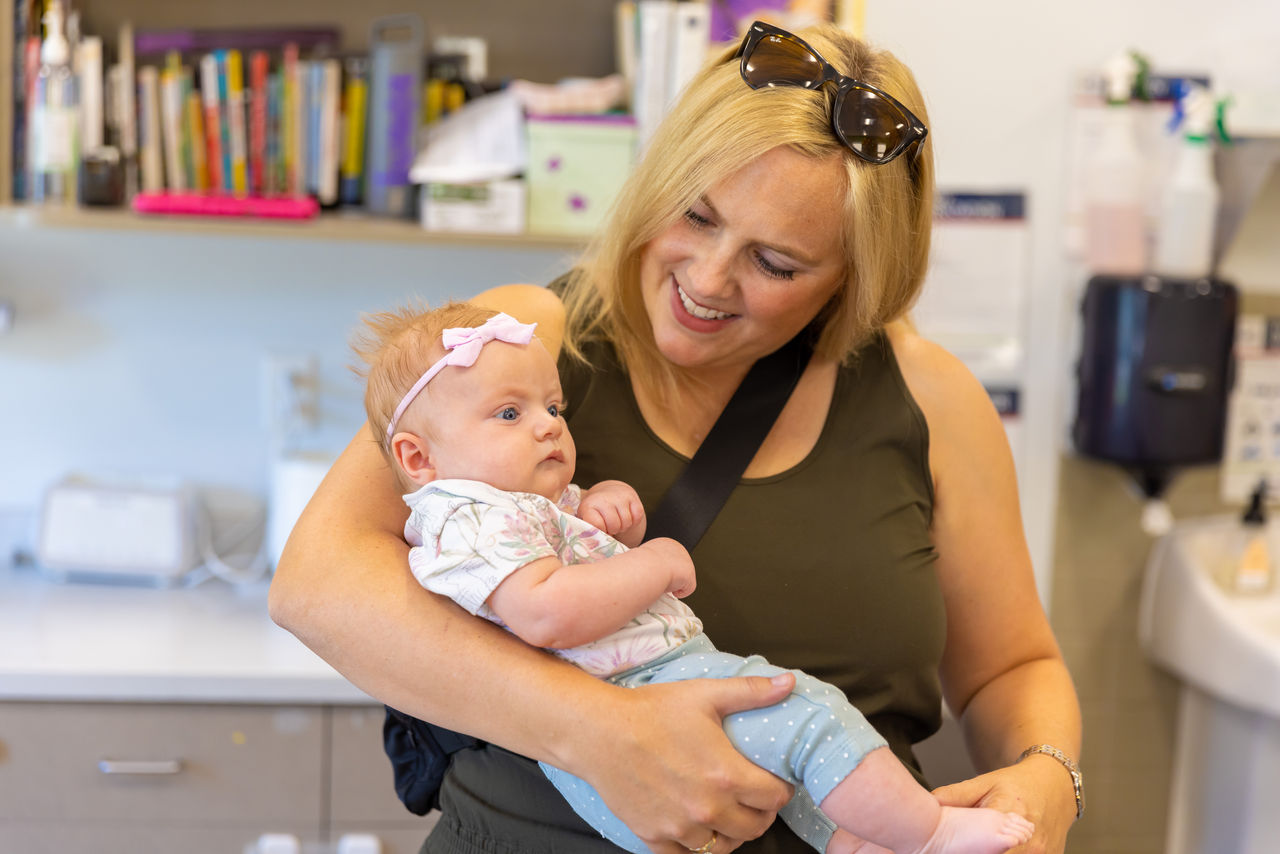Juggling work and childcare is a demanding task for many families. By encouraging children to play independently, parents can have time to complete their own tasks while their children are using their imagination to practice executive function and problem-solving skills. The following steps can set up parents and children for successful independent play.
Pick a Place for Independent Play
Depending on your children’s age, pick a space where they can play safely and independently. For younger children, you may want to start with a space that’s easily within sight and reach, but older children may be able to be in their own rooms or private spaces. You should check the space for any potential hazards, such as sharp edges or objects, and ensure that any large furniture is safely anchored.
Choose Materials
Look around your home for loose parts that are age-appropriate for your children. Loose parts are found, bought or upcycled materials that children can move, manipulate, control and change within their play, such as buckets, balls, cardboard boxes, cardboard tubes, blocks, ramps and tracks. You can even set up bins or stations that hold each type of loose parts, which will allow you to easily exchange them or mix and match different items every couple of days or on the weekends to keep your children interested and engaged in their play.
Introduce Materials
If you or your children are feeling unsure of how to engage with the loose parts, you can start with simple, open-ended challenges:
- Build a tower using two or more of the materials.
- Create a maze that you can roll a ball through.
- Demonstrate stacking or nesting cups, putting balls or objects into cups and dumping them into other containers (for younger children).
Once your children are engaged with the materials, take a step back and let them lead their play. This provides the opportunity for you to focus on your tasks for the day while your children are engaged. Keep in mind that at first it may take some time for children who are not used to independent free play to stay focused but try to refrain from micromanaging the play, and instead continue suggesting open-ended challenges and let your children complete them independently.
Discuss Play Reflections
The end of your children’s free playtime or the end of the day are great times to talk with your children about what they did during their independent free playtime. You can start by asking your children what they did or what they built during their free playtime. Do your best not to make assumptions about what any item your children created is supposed to be. Let them explain it to you. Wait until after your children have shown or told you what their creation is. This will be the perfect time to ask questions about it and engage them in some critical thinking and language practice.
To get your children looking forward to and planning for their next chance to engage in independent play (and your next chance to complete some tasks of your own), ask them about what they might build or create tomorrow and help them locate any additional loose parts they may need.




